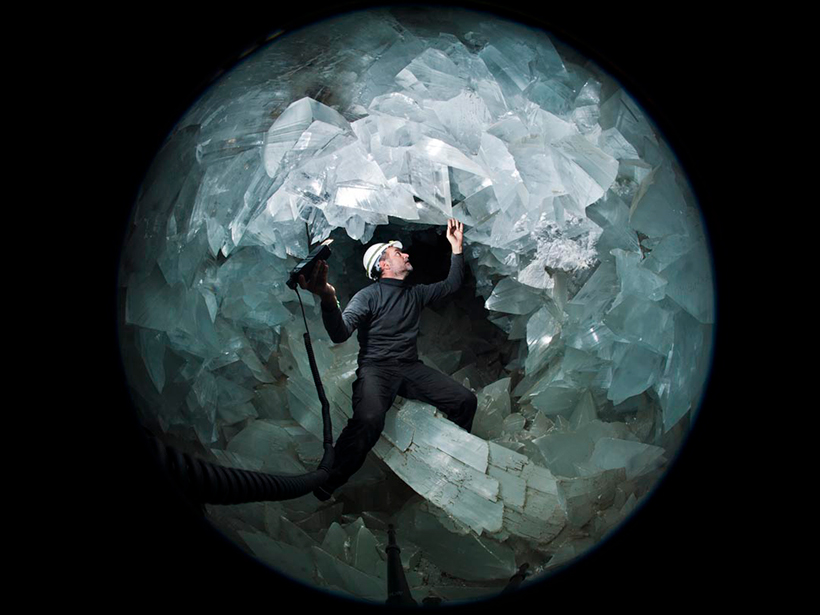Scientists have found holes filled with minerals that indicate fluid-filled pores exist many tens of kilometers below Earth’s surface. But no, The Core fans, you still can’t get amethyst-laden geodes in the mantle.
geodes
Posted inNews
Giant Geode Grew Slow and Steady
Temperature fluctuations, maybe from climate or maybe from geothermal systems, amplified a natural process that grew the crystals.


